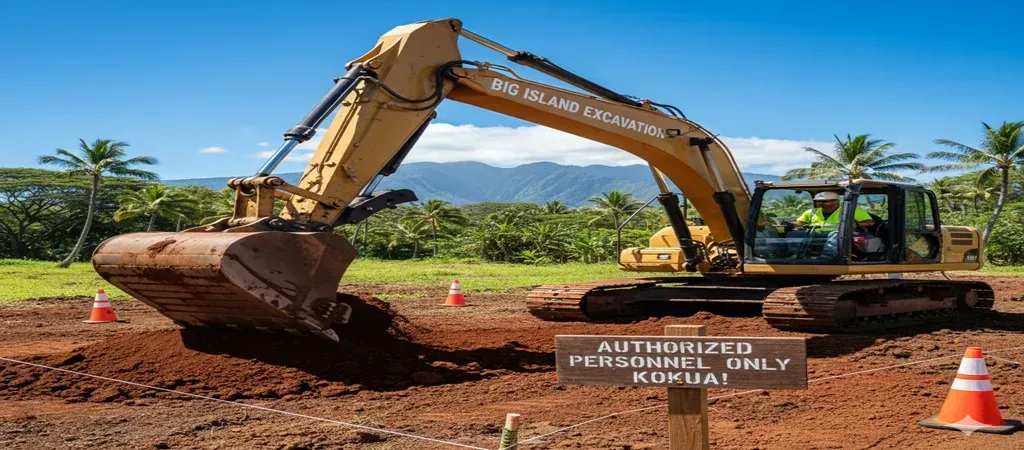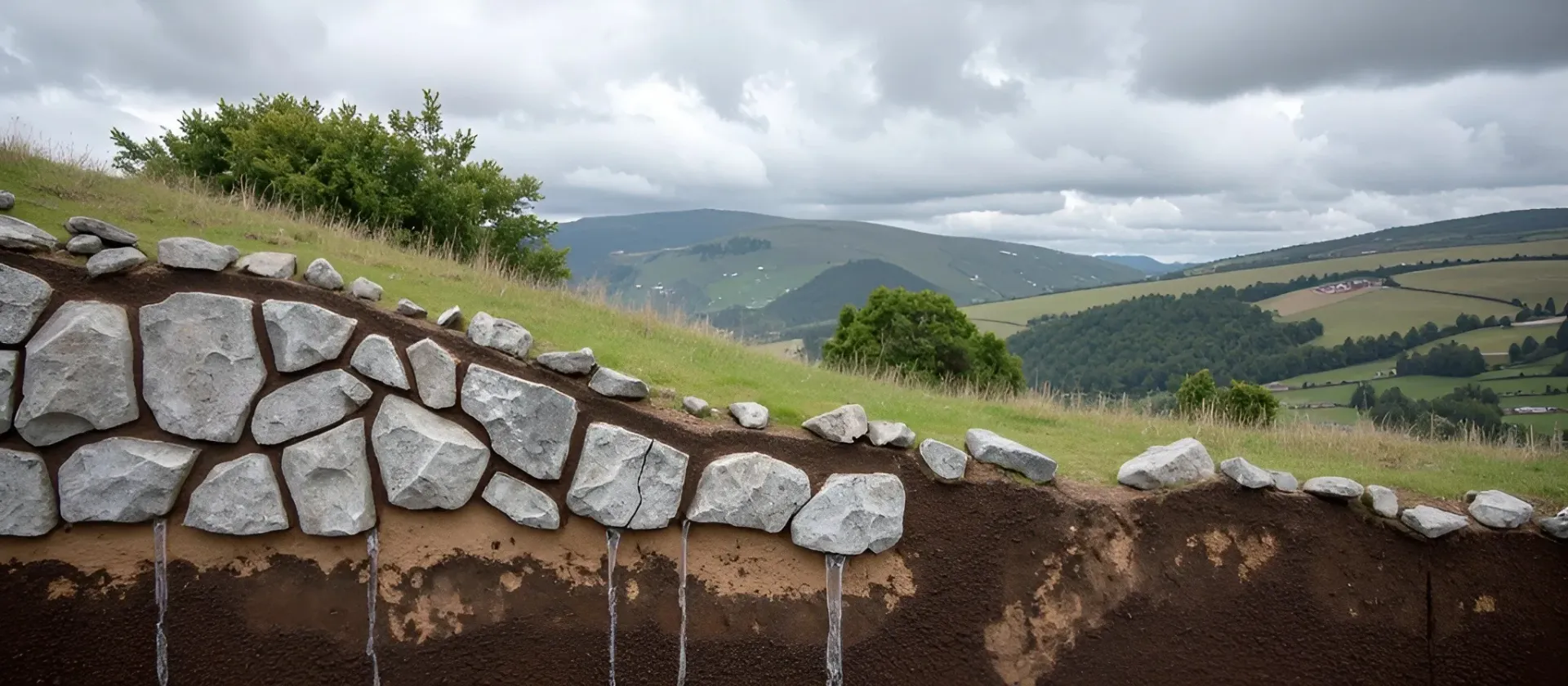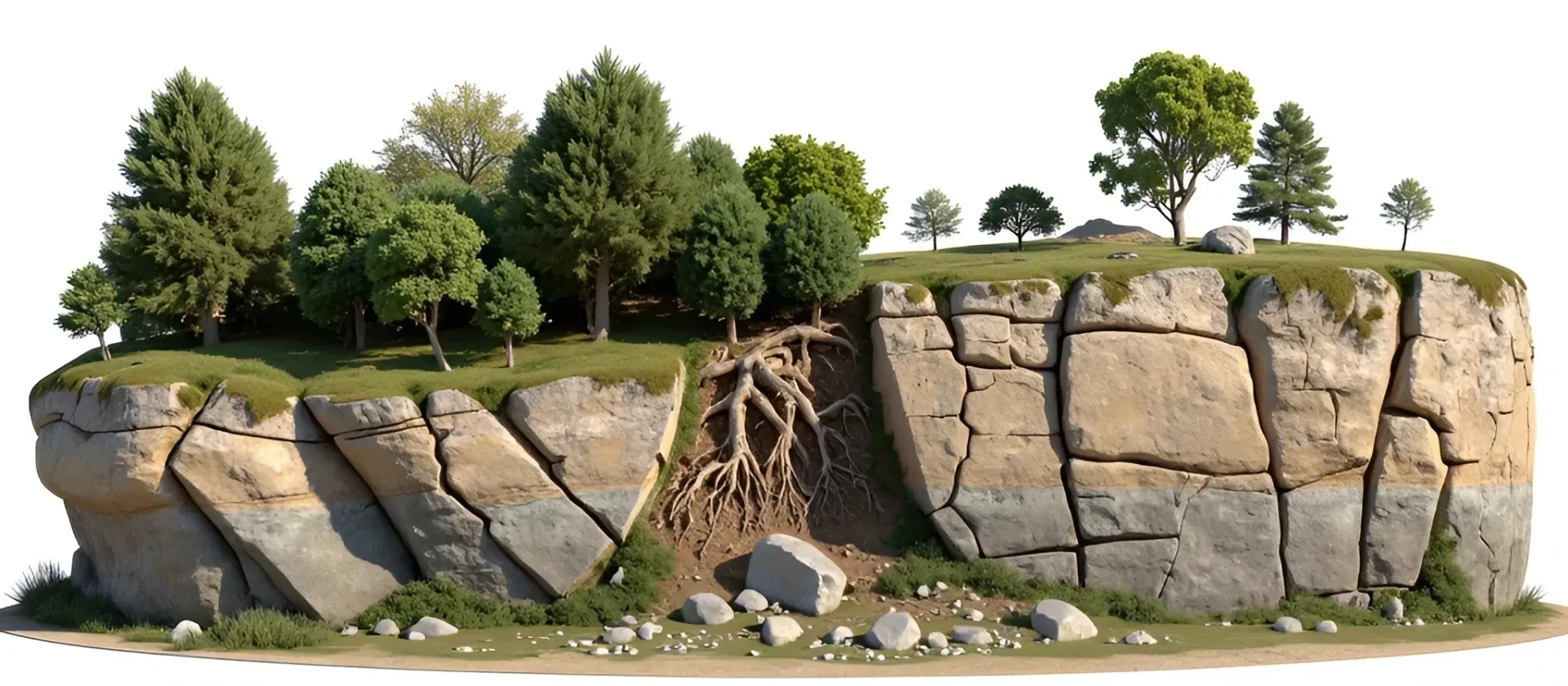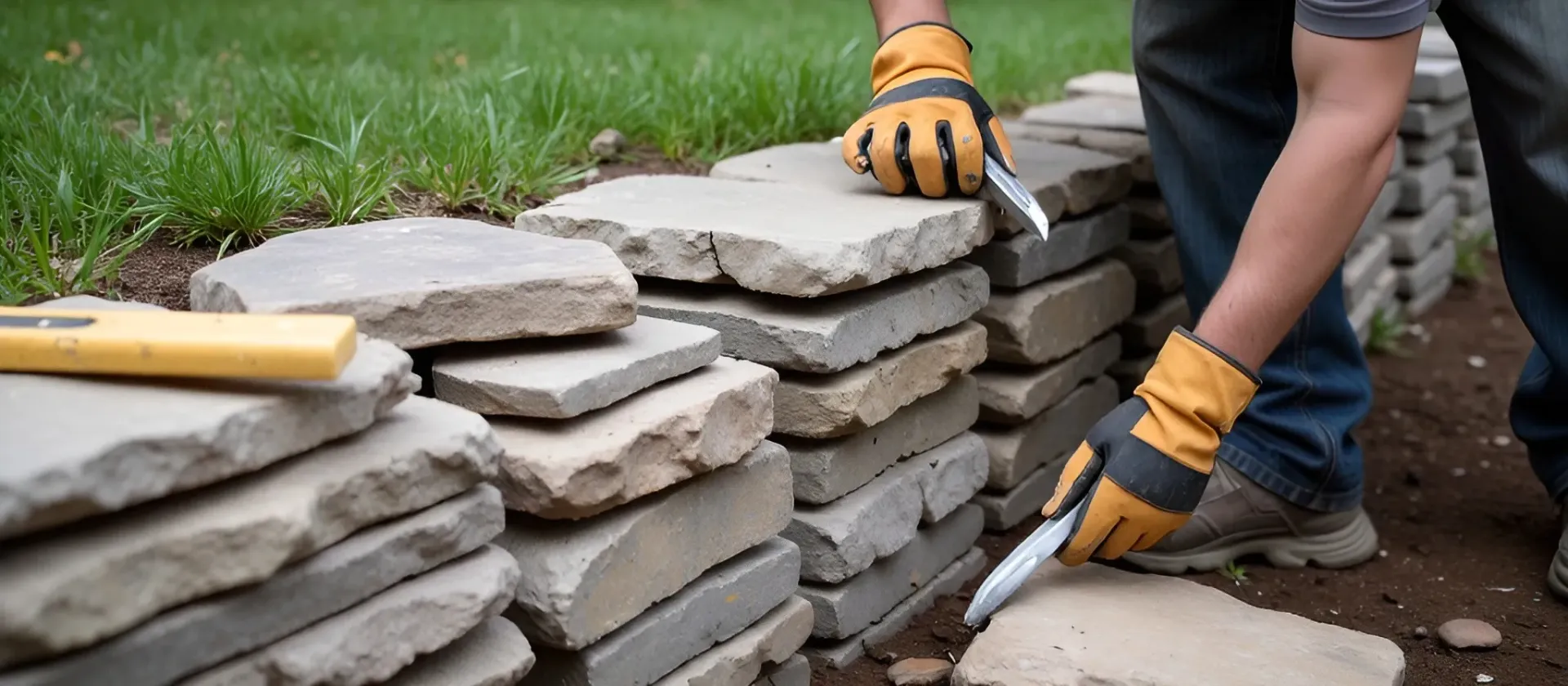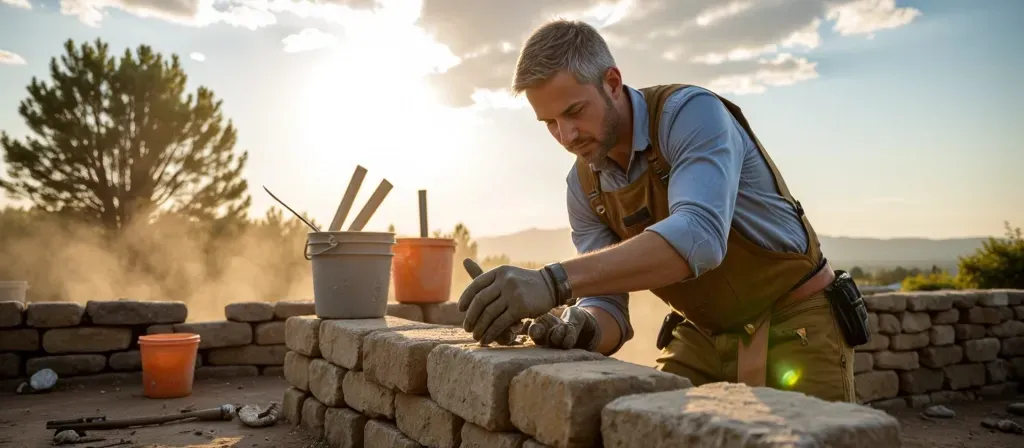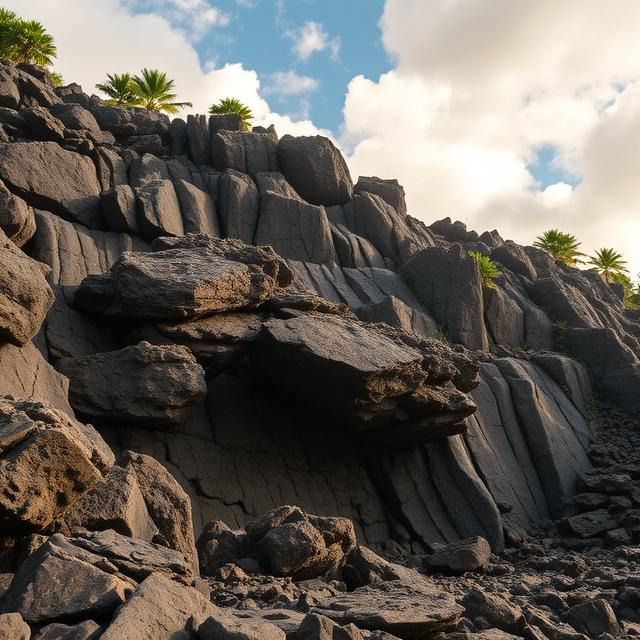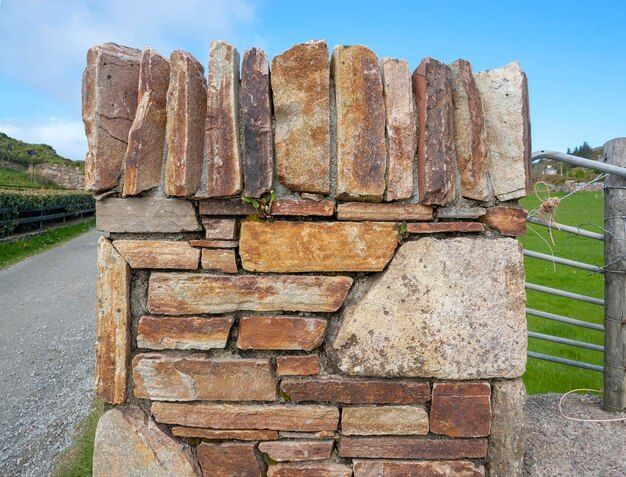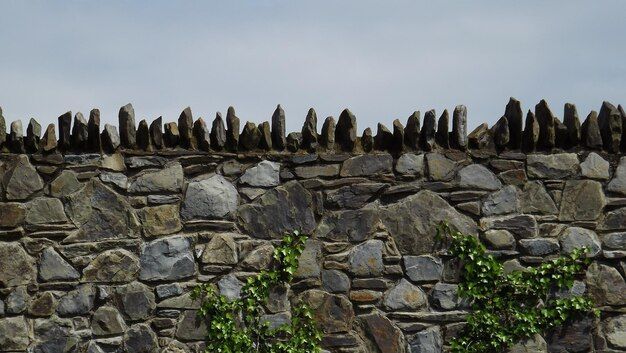Signs Your Rock Walls Need Repairs or Reinforcement
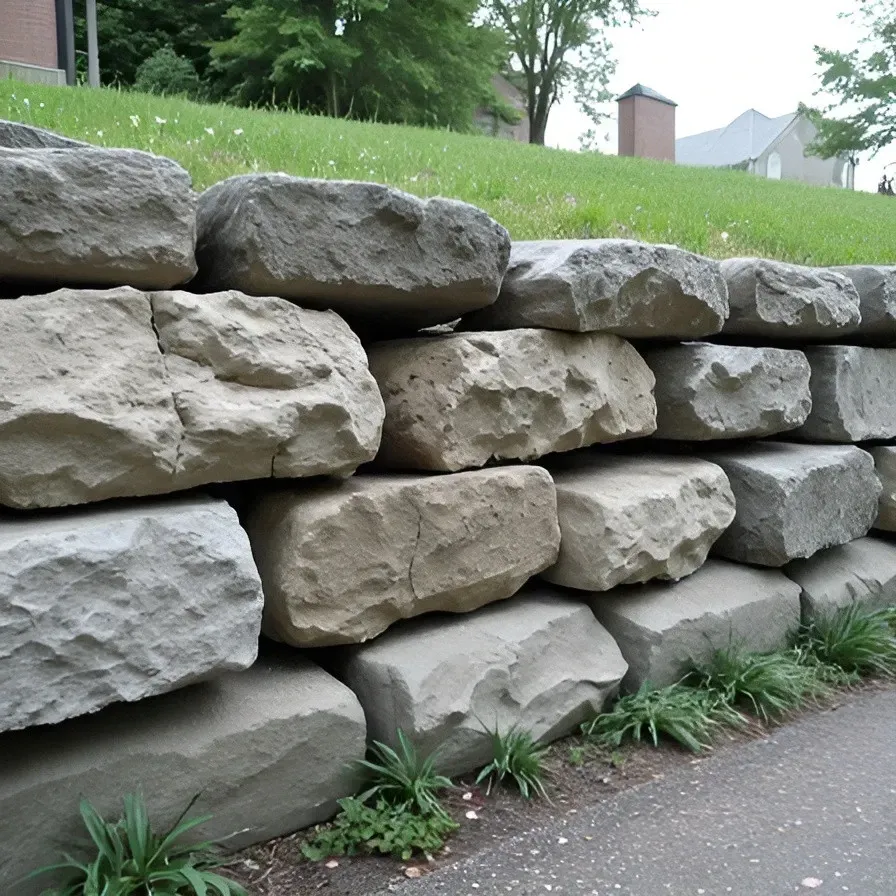
Let’s be real. We don't usually wake up and think about how our rock walls are doing today. But maybe we should.
Rock walls are like the strong, silent types. They stand tall, hold back the earth, decorate our yards, and guard our gardens. But just like anything else exposed to Mother Nature, they have limits. Over time, these stone warriors can crack, lean, or even collapse if we ignore the early warning signs.
So, if your rock wall has been looking a little… off lately, it might be crying out for help. Don’t worry. We’ll break it all down in simple terms. No construction jargon here, promise.
Let’s see what your wall might be telling you.
1. Cracks: The “Ouch!” of Rock Walls
Cracks are a rock wall’s way of saying, “Hey, I’m stressed out.”
Not all cracks are the same. Some are no biggie, while others scream “danger.”
- Vertical cracks? Often caused by shifting soil or pressure changes.
- Horizontal cracks? That’s the scary kind. These often mean the soil behind the wall is pushing too hard.
- Diagonal cracks? Usually from uneven settling underneath.
Even tiny cracks can grow bigger if water seeps in and freezes. So, if your wall’s starting to look like a cracked phone screen, it’s time to act.
2. Bulging: When Your Wall Hits the Gym (and Overdoes It)
Some parts of your wall bulging outward means there’s too much pressure behind the wall. It can also mean the drainage system isn’t doing its job. When water builds up behind the wall, it pushes hard, and eventually, the wall can’t take it anymore.
Imagine someone leaning on you nonstop. Eventually, you’re going to lose your balance, right? The same goes for your wall.
Tip: Check your wall after heavy rain. Bulging may start small, but it can lead to a total collapse if ignored.
3. Leaning: Your Wall’s Not Just Being “Cool”
If your rock wall is starting to lean, it’s not trying to be quirky, it’s waving a big red flag.
A wall that’s tilting even slightly could mean trouble below the surface. The soil underneath might be shifting, or the base could be slipping from years of wear and tear. Sometimes, it even traces back to poor design or rushed construction.
No matter the cause, an unstable wall won’t fix itself. If it keeps leaning, it could eventually give way, and that’s not just a landscaping issue; it’s a real safety hazard.
This is where retaining wall repair comes into play. Reinforcing a leaning rock wall early can save you a ton of time, money, and stress down the line. Keep an eye on any tilt. A slight lean today could become a full collapse tomorrow.
4. Gaps & Separation: When Things Start Falling Apart
Spotted any stones drifting away from the rest? Or maybe the wall is separating your patio or fence? That’s not a good sign.
Gaps and loose stones mean the structure is breaking down. It can be from weathering, poor construction, or simply age. Once the pieces start to move, it only gets worse—fast.
Look closely: Are some rocks loose enough to wiggle? That’s your cue to call in a pro. If you’re thinking about rebuilding or adding new sections, check out what you need to know before building your own rock walls for expert guidance.
5. Water Woes: What Stains and Puddles Tell You
Water might be life for plants, but for rock walls, it’s trouble.
If you notice white stains and dark patches, it usually means water is getting inside the wall. That moisture can weaken the materials over time. Especially if it freezes and thaws repeatedly.
Also, check for puddles near the base of the wall or no weep holes (those little gaps that let water drain out). If water has nowhere to go, it builds up and pushes against the wall from behind.
That pressure can lead to cracks, leaning, or collapse. Yes, water is sneaky like that. Proper drainage is key—learn about the best types of stones to help with water flow and durability in rock walls.
6. Soil Erosion & Sneaky Roots: Nature’s Little Troublemakers
Sometimes it’s not the wall, it’s the ground.
If the soil around or under your wall has washed away, the foundation may be weakening. You might notice holes, dips, or even parts of the wall sinking. That’s erosion doing its dirty work.
And let’s not forget roots. Trees and shrubs love poking their roots where they don’t belong, like inside your rock wall. Over time, they can lift stones, create cracks, and push things out of place.
Best fix: Remove invasive roots and fill in eroded spots before it turns into a bigger mess. For tips on dealing with Hawaii-specific materials, see what goes into Hawaiian rock wall construction.
7. Material Fatigue: When Age Catches Up
Even rocks have a shelf life.
If your wall is crumbling, it’s a sure sign of age damage. The environment can wear things down over the years. Especially in climates with lots of freeze-thaw cycles.
It might not need a full rebuild. But replacing damaged parts can save you big bucks later.
8. Bugs, Critters & Creepy Crawlies
Surprise! Tiny animals can do big damage.
Burrowing pests like moles or groundhogs can weaken the soil under your wall. Ants, termites, or beetles can damage wooden retaining walls too.
If you’ve noticed new holes or seen these guests hanging around, take action fast. Pests don’t fix themselves.
9. When to Call in the Pros (Hint: Don’t Wait Too Long)
If you’ve spotted any of the signs above, the smartest move is to get a pro to check it out. A quick inspection can tell you if you need a small repair or a full-on reinforcement job.
Fixing early is always cheaper than rebuilding. And honestly, it gives you peace of mind knowing your rock wall isn’t one rainy day away from crumbling.
Wrapping It Up
Your rock wall protects your property and adds beauty to your space. But even the strongest structures need a little love.
So next time you’re walking by your wall, give it a good look. Check for cracks, bulges, stains, or anything that feels “off.” If something catches your eye, trust your gut.
Fix small issues before they become big headaches.
Because let’s face it, rocks don’t repair themselves.
Final Tip: Want your rock wall to last longer? Keep it clean, manage water properly, and inspect it after big storms. A little maintenance goes a long way!

